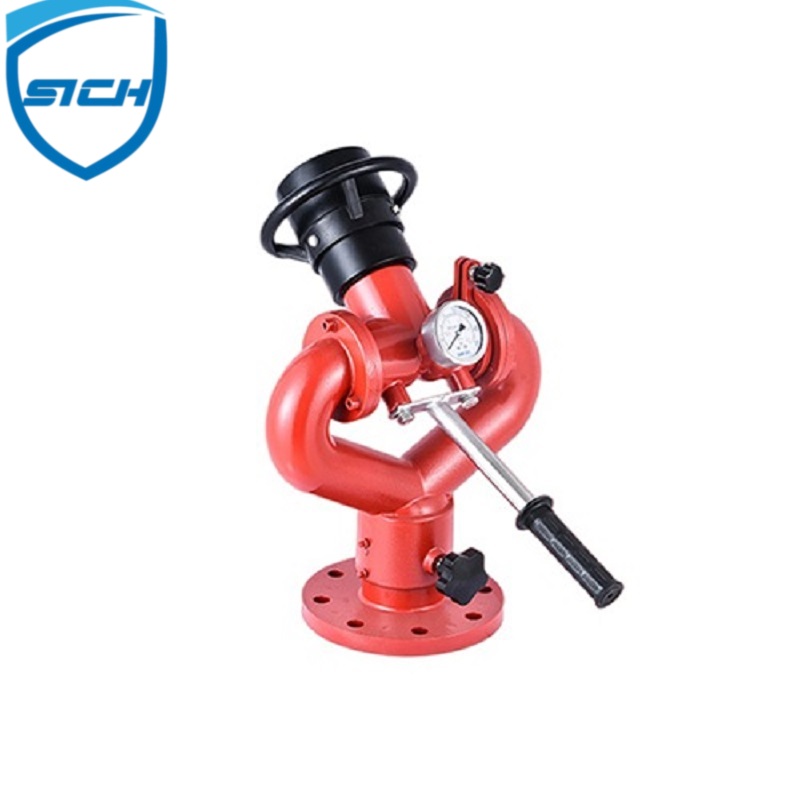Updated on May 24, 2023
How can I ensure that my fire suppression system is properly maintained?
Proper maintenance of a fire suppression system is essential to ensure that it remains effective in the event of a fire.
Here are some steps you can take to ensure that your fire suppression system is properly maintained:
Follow manufacturer’s recommendations: The manufacturer of your fire suppression system will provide recommendations for maintenance and inspection intervals. Follow these recommendations to ensure that your system is properly maintained.
Conduct regular inspections: Regular inspections of your fire suppression system can help to identify potential issues before they become problems. Inspections should include all components of the system, including the control panel, piping, nozzles, and any other components.
Test the system: Regular testing of your fire suppression system is important to ensure that it is functioning properly. This may involve conducting flow tests, pressure tests, and other checks to ensure that the system is working as intended.
Keep records: Keep detailed records of all maintenance and testing activities for your fire suppression system. This can help to ensure that the system is properly maintained and can provide valuable information in the event of an emergency.
Address issues promptly: If any issues are identified during inspections or testing, address them promptly to ensure that the system remains effective. This may involve repairing or replacing components, making adjustments to the system, or implementing additional safety measures.
Train personnel: Proper training of personnel is essential to ensuring that your fire suppression system is properly maintained. Provide training on the safe operation and maintenance of the system, as well as emergencyresponse protocols and procedures.
Stay up-to-date with regulations: Stay up-to-date with local regulations and standards for fire suppression systems. These regulations may include specific requirements for maintenance, inspections, and testing.
Hire a professional: Consider hiring a professional fire protection company to conduct inspections, testing, and maintenance of your fire suppression system. A professional company can ensure that the system is properly maintained and can provide valuable expertise and guidance.
Overall, proper maintenance of a fire suppression system is essential to ensuring that it remains effective in the event of a fire. fire in monitor wa By following manufacturer’s recommendations, conducting regular inspections and testing, keeping records, addressing issues promptly, training personnel, staying up-to-date with regulations, and potentially hiring a professional, you can ensure that your fire suppression system is properly maintained and ready to perform when needed.
How often should I conduct flow tests on my fire suppression system?
Flow tests are an important part of maintaining a fire suppression system, as they help to ensure that the system is capable of providing the necessary water flow and pressure in the event of a fire. The frequency of flow tests will depend on a variety of factors, including the type of system, the age of the components, and local regulations and standards.
Here are some general guidelines for conducting flow tests on a fire suppression system:
Annual testing: In general, flow tests should be conducted at least once per year to ensure that the system is functioning properly. This testing should include measuring the water flow and pressure at each sprinkler head and comparing the results to the design specifications of the system.
Additional testing: In addition to annual testing, flow tests may need to be conducted more frequently depending on the specific requirements of the system. For example, in high-risk environments or buildings with complex systems, more frequent testing may be necessary.
New installations: Flow tests should be conducted on all new installations to verify that the system is operating as designed and to identify any issues that may need to be addressed.
Modifications or repairs: Flow tests should be conducted after any modifications or repairs to the fire suppression system to ensure that the changes have not affected the system’s performance.
Emergency testing: Flow tests may be conducted during emergency drills or simulated fire events to ensure that the system is functioning properly under real-world conditions.
It is important to follow the specific testing requirements and guidelines set forth bylocal regulations and standards, as well as the recommendations of the manufacturer of the fire suppression system. Regular flow testing of the fire suppression system can help to ensure that it is functioning properly and ready to perform in the event of a fire.


